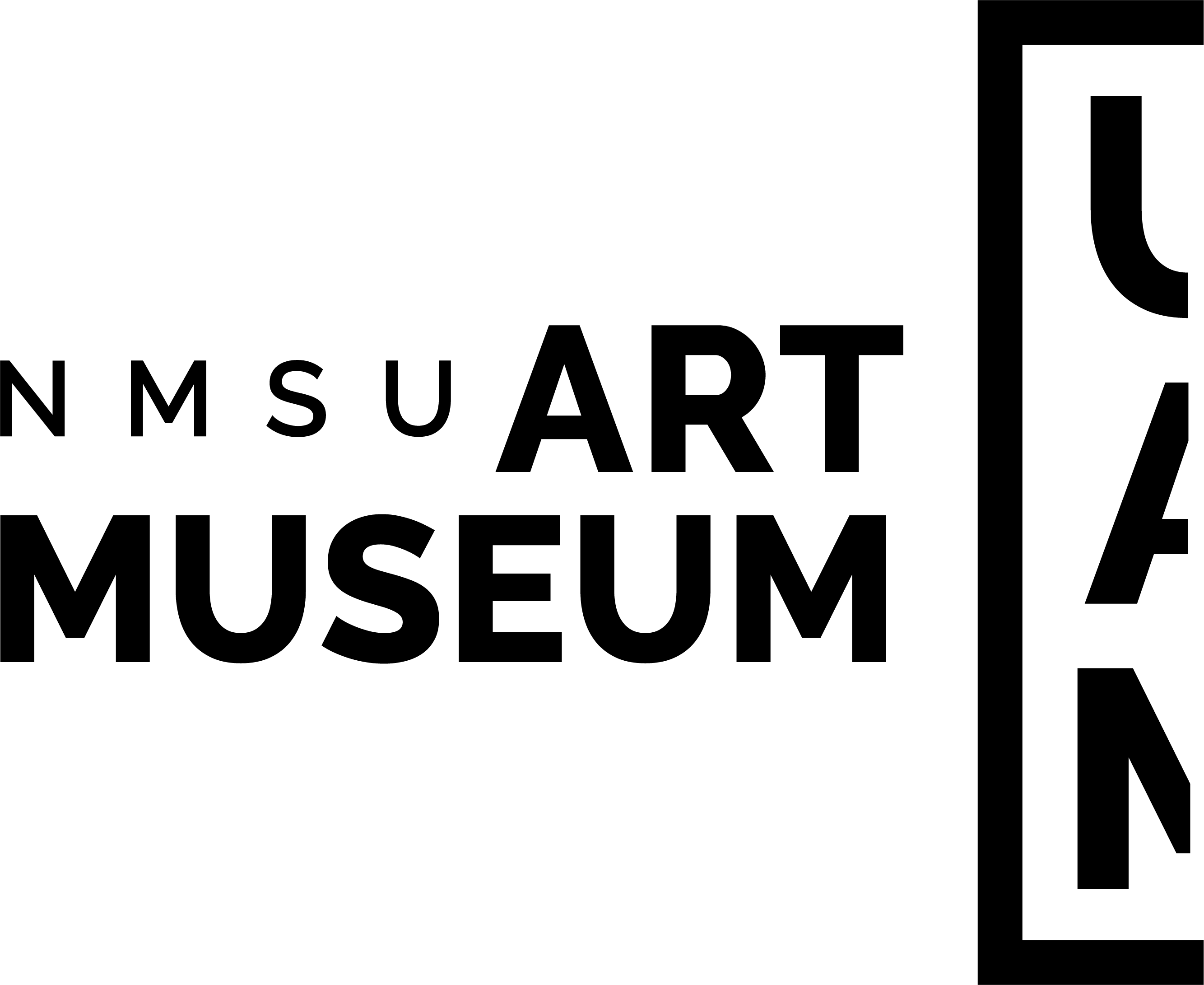|
MARGIE AND BOBBY RANKIN RETABLO GALLERY:
Saint Joseph & The Laborers: The University Art Museum (UAM) is excited to present Saint Joseph & The Laborers, the second exhibition in the newly created Margie and Bobby Rankin Retablo Gallery at the UAM. In Saint Joseph & The Laborers, the role of the laborer will be looked at through the lens of Mexican retablo imagery. Through acts of labor, humans fulfill the command found in Genesis to care for the earth, and the direction to be productive in their labors. Saint Joseph (San José), the foster-father of Jesus, was a carpenter in Nazareth, serving as a key example of the holiness of human labor. Before Spain had accepted Saint Joseph as a devotional saint, Mexico had already been the “chosen land of Saint Joseph” for several decades, his image disseminated in the common art of retablo painting. Saints such as the Archangels: Saint Michael and Saint Raphael (San Miguel y San Rafael), Saint Isidore (San Isidro), and Saint Vincent Ferrer (San Vicente Ferrer) are other key patrons of laborers in the Mexican Catholic faith, their imagery widespread across Mexican retablos displayed in this exhibition. In this exhibition, the UAM will display for the first time a Mexican bulto (statue), as well as other retablo paintings from the recent donation to the UAM Permanent Art Collection by leading retablo expert Gloria Fraser Giffords. More information regarding upcoming 2020-2021 exhibitions coming soon. |











